Scame Mounting materials
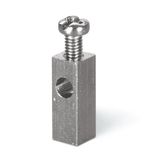


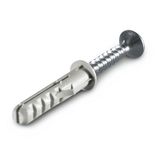
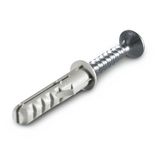
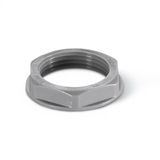

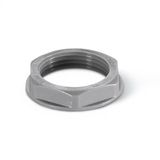

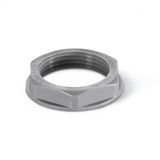

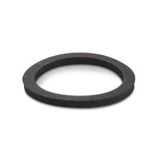
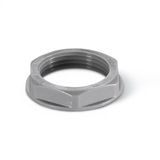

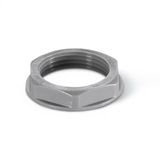
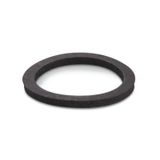
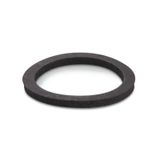

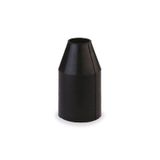
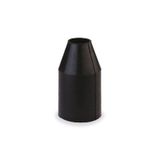

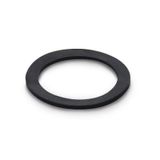

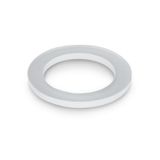

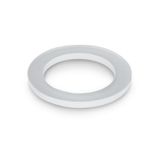
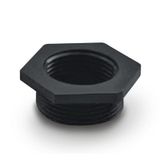
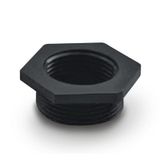




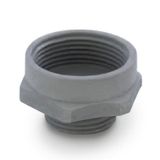
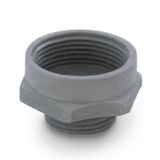
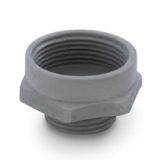
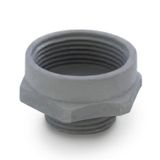

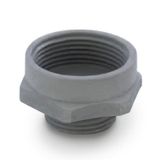

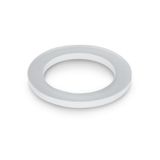
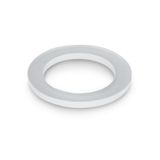


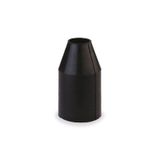
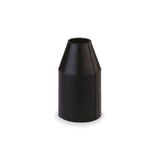


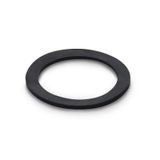

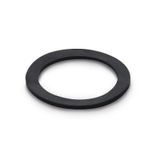

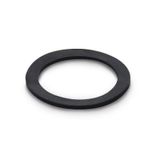
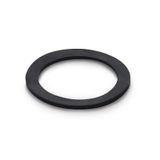
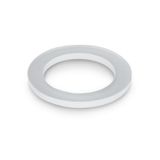
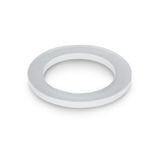
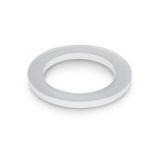
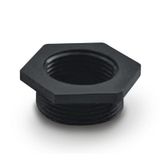
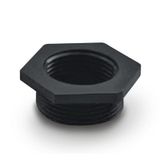
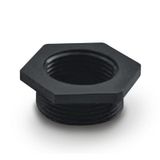

scame mounting materials for trays, enclosures, and device rows
Site teams use this family when supports must carry real loads, align on the first try, and survive night-shift adjustments. Widths and spans cover ceiling trapezes, cantilever walls, and floor stands; hole patterns stay consistent so one fixing kit handles trays, luminaires, cabinets, and tap-offs. Typical working loads sit from 0.5–3.0 kN per point (arm length and substrate dependent). Finishes range from Z275 pre-galv for dry interiors to hot-dip galvanizing after fabrication for plant areas; A2/A4 stainless is available where wash-down or coastal exposure is routine.
Scame range and series overview for building and plant
The portfolio splits into backbone rails, device brackets, and accessories that keep routes tidy and maintainable. Strut/C-rails (41×21, 41×41) take trapezes and cantilevers; joining plates, angle shoes, and sliding nuts match M6/M8/M10/M12 hardware. Perforated angles handle light devices and signage. Gland/flange plates, vibration pads, isolation washers, and earthing straps finish the job so you can clamp, bond, and label without improvisation on site.
scame support systems layout options for ceilings, walls, and floors
Ceiling: single or twin-rod trapezes in 1.2–3.0 m spans with cone nuts and anti-rotation washers.
Wall: 150–600 mm cantilevers with L/200 deflection guidance and bracing kits for long arms or fan zones.
Floor/frame: freestanding strut frames under row enclosures, adjustable feet for slope correction, and cross-members that align with cabinet gland plates.
scame brackets and fixtures choices for static loads and vibration
Device plates pick up 18 mm DIN rows, small boards, or interlocked sockets; slotted faces keep level on uneven masonry. Anti-vibration pads decouple fans and small pumps from traywork; separation plates preserve EMC between power and ELV on the same backbone. Fire collars and through-wire saddles keep escape-route hardware in place when temperatures rise.
Scame technical specifications: loads, spans, corrosion, compliance
Loads and deflection. UDL tables are provided by tray/ladder width and bracket span; design on L/200 unless project notes specify tighter sightlines. Rung ladders accept cleats for 70–185 mm² feeders; perforated tray suits bundled control and ICT.
Corrosion classes. Select per ISO 12944/C1–C5 exposure. Use HDG after fabrication for cut-edge integrity; jump to A4 (316) for saline or chemical spray.
Interfaces. Hole pitch 50 mm typical; slots accept M6/M8/M10 fasteners. Bond joints with serrated washers or straps where paint interrupts continuity.
Anchoring. Concrete screws, torque-controlled expansion anchors, or bonded studs to EN 1992-4; edge distance and group effects documented.
Compliance notes. Steelwork by EN 1090 execution classes where required; support selection in line with EN 1993 methods. Cable cleating practices align with EN 61914.
Where the BOM calls out small hardware, refer to scame installation hardware for matched nuts, spring channels, isolators, and earth tags that preserve rating and sightlines.
Scame applications and compatibility in real projects
Office and education: perforated tray on trapezes above ceilings, light cantilevers for luminaires and small cabinets; mesh for quick MAC without dust.
Retail and hospitality: stainless in prep areas; drip-edge covers at loading bays; device plates that carry timers, RCD test modules, and label panels.
Light-industrial: ladder for feeders, perforated for control, same rail geometry across rooms to keep spare stock lean.
For stiffening long rows or multi-cabinet stacks, planners often specify scame structural components (tie-bars, gussets, base shoes) to hold alignment during servicing and thermal cycling.
Scame integration with other brand products
Hole maps, rail depths, and earthing points line up with Scame distribution boards, installation boxes, plugs and distributors, and industrial sockets. That means trays meet cabinet gland plates without slotting on site; bonding straps, labels, and reducers repeat across families. Where cable dressing is dense, quick-fit radius guides and corner plates from the mounting range keep bend radii inside data/FO limits while sharing the same hardware as the power route. Commissioning teams often carry scame mounting aids—pre-cut saddle kits, colour ID plates, and temporary hangers—to speed test phases before final tie-down.
Scame selection criteria for B2B clients
Load path and span. Start from cable mass + device weight; choose ladder on 2–3 m spans and heavy feeders, perforated or mesh for light ELV at 1.5–2 m. Keep 20–30% reserve for change orders.
Substrate and anchoring. Confirm concrete class or masonry type; pick screw vs expansion vs bonded studs accordingly and respect edge distances.
Environment. Map zones to C-classes: pre-galv indoors, HDG or stainless outdoors/wash-down. Isolate dissimilar metals to avoid galvanic attack.
EMC and segregation. Use divider plates or separate levels for LV power vs ELV/ICT; bond rails to maintain shield continuity.
Fire strategy. Keep all-metal retainers where fire resistance is required; ensure collars and saddles match the building method.
Geometry and access. Standardise one rail depth and fastener family per floor; use leveling slots and pre-formed bends to maintain straight corridor sightlines.
Advantages of working with Bankoflamps
You receive individual B2B prices tailored to your take-off, with a personal account manager responsible for the job. Stock availability is shown in real time across our and partner warehouses. Submit a request for a quote online and get a quick reply—usually within 1 hour. Fast order placement by EAN/MPN keeps your ERP clean. Download price lists anytime to stay current. Track builds with lead-time visibility and review purchase-history access to analyse previous orders. For eligible clients we offer post-payment up to 30 days. Use consolidated order management to group ready lines and cut freight; we provide smart delivery cost estimates at order and confirm exacts before dispatch. We maintain stable prices with validity dates so phased works stay predictable.